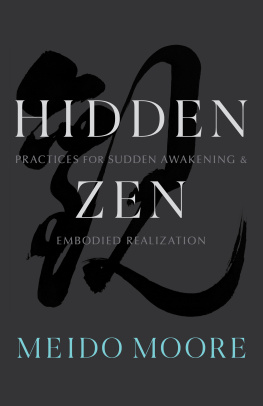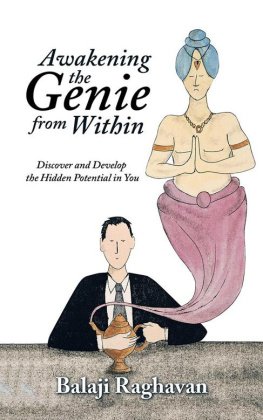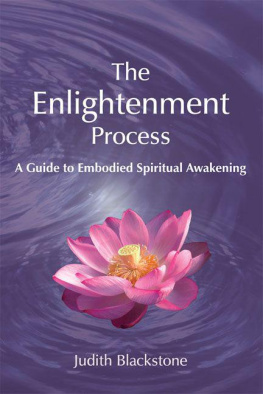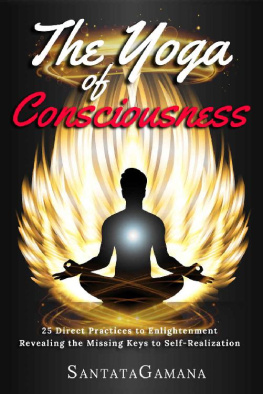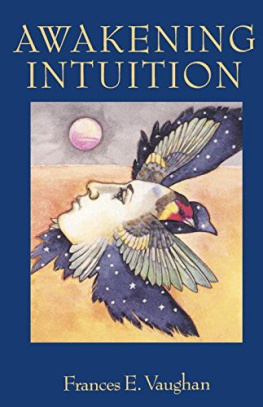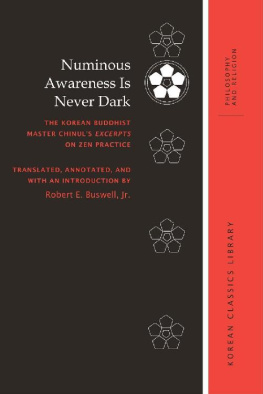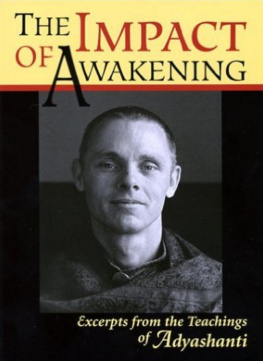Meido Moore - Hidden Zen: Practices for Sudden Awakening and Embodied Realization
Here you can read online Meido Moore - Hidden Zen: Practices for Sudden Awakening and Embodied Realization full text of the book (entire story) in english for free. Download pdf and epub, get meaning, cover and reviews about this ebook. year: 2020, publisher: Shambhala, genre: Religion. Description of the work, (preface) as well as reviews are available. Best literature library LitArk.com created for fans of good reading and offers a wide selection of genres:
Romance novel
Science fiction
Adventure
Detective
Science
History
Home and family
Prose
Art
Politics
Computer
Non-fiction
Religion
Business
Children
Humor
Choose a favorite category and find really read worthwhile books. Enjoy immersion in the world of imagination, feel the emotions of the characters or learn something new for yourself, make an fascinating discovery.
- Book:Hidden Zen: Practices for Sudden Awakening and Embodied Realization
- Author:
- Publisher:Shambhala
- Genre:
- Year:2020
- Rating:3 / 5
- Favourites:Add to favourites
- Your mark:
- 60
- 1
- 2
- 3
- 4
- 5
Hidden Zen: Practices for Sudden Awakening and Embodied Realization: summary, description and annotation
We offer to read an annotation, description, summary or preface (depends on what the author of the book "Hidden Zen: Practices for Sudden Awakening and Embodied Realization" wrote himself). If you haven't found the necessary information about the book — write in the comments, we will try to find it.
Meido Moore: author's other books
Who wrote Hidden Zen: Practices for Sudden Awakening and Embodied Realization? Find out the surname, the name of the author of the book and a list of all author's works by series.
Hidden Zen: Practices for Sudden Awakening and Embodied Realization — read online for free the complete book (whole text) full work
Below is the text of the book, divided by pages. System saving the place of the last page read, allows you to conveniently read the book "Hidden Zen: Practices for Sudden Awakening and Embodied Realization" online for free, without having to search again every time where you left off. Put a bookmark, and you can go to the page where you finished reading at any time.
Font size:
Interval:
Bookmark:
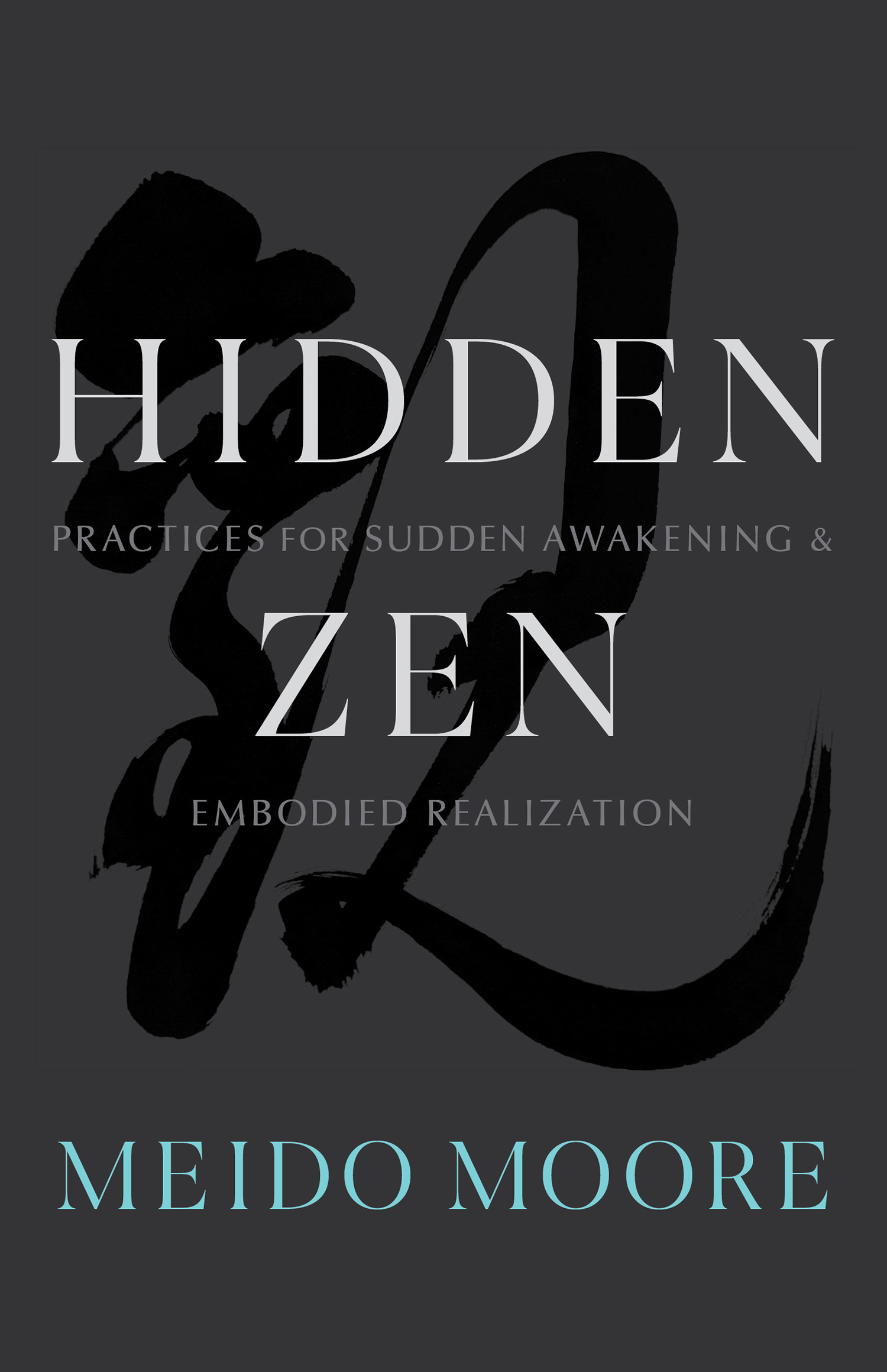
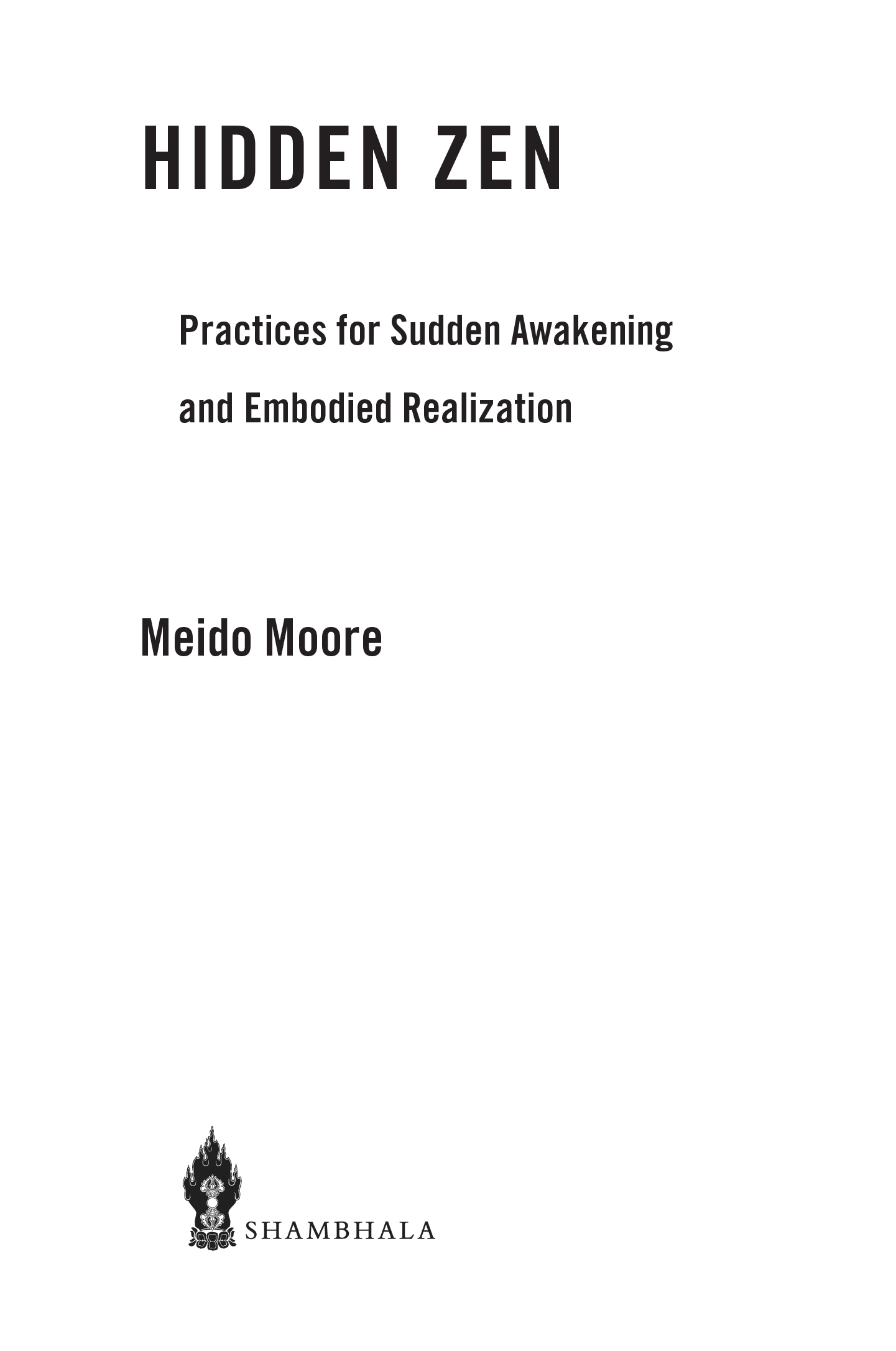
Shambhala Publications, Inc.
4720 Walnut Street
Boulder, Colorado 80301
www.shambhala.com
2020 by Meido Moore
Cover calligraphy: Kan. True perception, insight. Brushed by Hosokawa Dogen Roshi.
Cover design: Daniel Urban-Brown
Interior design: Greta D. Sibley
All rights reserved. No part of this book may be reproduced in any form or by any means, electronic or mechanical, including photocopying, recording, or by any information storage and retrieval system, without permission in writing from the publisher.
For more information please visit www.shambhala.com.
Shambhala Publications is distributed worldwide by Penguin Random House, Inc., and its subsidiaries.
Library of Congress Cataloging-in-Publication Data
Names: Moore, Meido, 1968 author.
Title: Hidden Zen: practices for sudden awakening and embodied realization / Meido Moore.
Description: First edition. | Boulder, Colorado: Shambhala, 2020. | Includes bibliographical references.
Identifiers: LCCN 2019058926 | ISBN 9781611808469 (trade paperback)
eISBN 9780834843134
Subjects: LCSH : Spiritual lifeZen Buddhism. | Enlightenment (Zen Buddhism) | Zen BuddhismCustoms and practices. | Rinzai (Sect)Customs and practices.
Classification: LCC BQ 9288 . M 65 2020 | DDC 294.3/444dc23
LC record available at https://lccn.loc.gov/2019058926
a_prh_5.6.0_c0_r0
Hosokawa Dogen Roshi and Sozan Miller Roshi, two of my teachers, continue to provide invaluable insight and kind advice for which I am tremendously grateful; it was conversations with them over the years, and with my late teacher Toyoda Tenzan Rokoji, that first planted the seeds of this work. I am thankful also for the assistance with photography that I received from my students, some of whom appear in the images: Shoko Schulze, Derrick Van Mell, Dale Kaminsky, and Thomas Friedrich.
Of the many paths of Buddhist practice, Zen is among the most direct for a simple reason: the entrance to the Zen path is not an intellectual understanding of the Buddhist teachings but rather an experiential grasp of their central point. This experiential graspan awakening to our intrinsic wisdom not essentially different from that realized by Shakyamuni* Buddha* under the bodhi treeis called kensho,* seeing ones nature.
All Zen rests upon this awakening as the foundation of genuine practice. If there is anywhere a Zen path that does not affirm kensho, we may say it is not genuine Zen. Such pseudo-Zen teachings, in fact, may only add to ones burdens. As Hakuin Ekaku Zenji wrote:
When a person who has not had kensho reads the Buddhist scriptures, questions his teachers and fellow monks about Buddhism, or practices religious disciplines, he is merely creating the causes of his own illusiona sure sign that he is still confined within samsara.* He tries constantly to keep himself detached in thought and deed, and all the while his thoughts and deeds are attached. He endeavors to be doing nothing all day long, and all the while he is busily doing.
But if this same person experiences kensho, everything changes. Although he is constantly thinking and acting, it is totally free and unattached. Although he is engaged in activity around the clock, that activity is, as such, non-activity. This great change is the result of his kensho. It is like water that snakes and cows drink from the same cistern, which becomes deadly venom in one and milk in the other.
Given that this awakening of kensho is so crucial, we should not be surprised that Zen preserves many practices for bringing students to it and for afterward progressing along the path of embodying that awakening as actualized realization. Various methods of seated meditation (zazen*) are perhaps the best-known Zen practices, historically forming a core element of training everywhere. But there are many other Zen practices besides seated meditation.
Among Japanese Zen lineages, the Rinzai* branches are especially marked by a rich variety of such methods, the extraordinary usefulness and power of which come from their emphasis on engaging the practitioners whole body-mind. Though certainly renowned for its rigorous use of zazen, we may say that sanzen* is the central method of Rinzai Zen, while sanzen centered on koans*by which the gate of kensho may indeed be entered and afterward deeply actualizedis likely the method for which Rinzai lineages are most famous.
But although this book reveals many practices found in Rinzai Zen training, it touches on zazen and sanzen in only a general way. Rather, our primary focus is a diverse collection of practice instructions that are transmitted orally. I have divided these loosely into two groups, the methods of (1) direct pointing and (2) internal energetic cultivation. As we will see, these instructions serve to informand give life toother Zen practices that are better known.
Most of the practice instructions we will examine have not previously been written down or publicly revealed. The pithy methods described in this book certainly show something of the creative nature of such teachings passed face-to-face between Zen masters and their students. I should say, though, that this book is not titled Hidden Zen because these instructions are intentionally concealed or stamped as secret; in most instances this is not the case. Rather, they are simply things that one is not likely to encounter as an observer, a casual practitioner, or outside the circle of a committed teacher-student relationship.
Still, I should perhaps here explain my reasons for revealing these things so openly. In fact, there are three.
The first is that it seems there are many modern Zen practitioners who for various reasons have not inherited such practices, and they may even be unaware that Zen contains methods like these at all. The practice of Soto* Zen is popularly thought to be just shikantaza,* while the practice of Rinzai Zen is thought to be just koan practice. While those methods certainly are highly refined within their respective traditions, neither tradition is so minimalist or homogeneous as to be limited to them. Within both the Soto and Rinzai schools there are in fact many different teaching lines, and these often preserve rather variedand incredibly interestingpractice material reflecting the histories and interests of lineage ancestors.
For example, there have been prominent Zen masters in Japan deeply involved with so-called esoteric teachings, integrating mikkyo* practices of the Tendai* or Shingon* schools. Rinzai Zen, as we will see, preserves to this day remarkable practices of internal energetic cultivation. In my own Rinzai lineage, because of forebears who were also masters of disciplines like swordsmanship and calligraphy, physical culture and the arts have been deeply integrated. Many other such things can be found.
It is thus disappointing to see the somewhat sterile approaches and bare toolboxes of practice methods found within some Zen lines in the West. We should recognize that this is something limiting to students. But it must be stressed that such bareness is not due to a lack of resources within Zen as a whole. It is instead, as far as I can tell, due to an incomplete or idiosyncratic transmission of resources within those lineages. Where this is the case, it might even be accurate to say that crucial foundations of the Zen path are wholly missing.
Font size:
Interval:
Bookmark:
Similar books «Hidden Zen: Practices for Sudden Awakening and Embodied Realization»
Look at similar books to Hidden Zen: Practices for Sudden Awakening and Embodied Realization. We have selected literature similar in name and meaning in the hope of providing readers with more options to find new, interesting, not yet read works.
Discussion, reviews of the book Hidden Zen: Practices for Sudden Awakening and Embodied Realization and just readers' own opinions. Leave your comments, write what you think about the work, its meaning or the main characters. Specify what exactly you liked and what you didn't like, and why you think so.

